Mai Zhu
Global Context Aware RCNN for Object Detection
Dec 04, 2020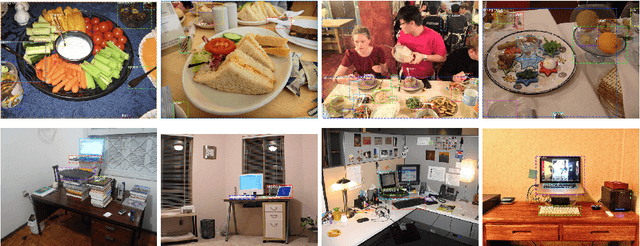
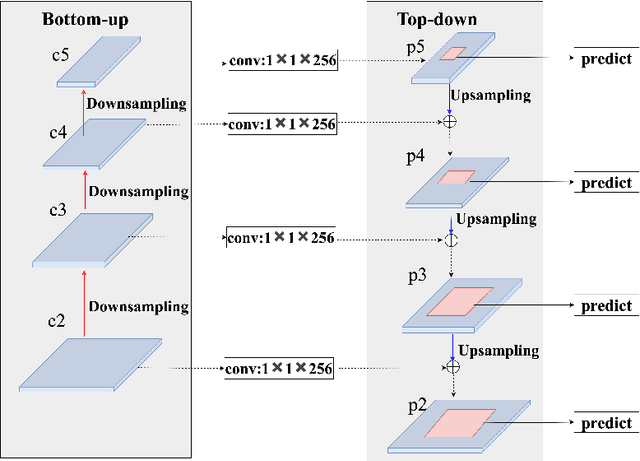
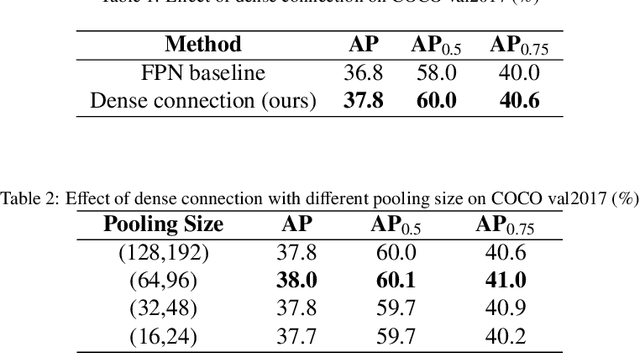
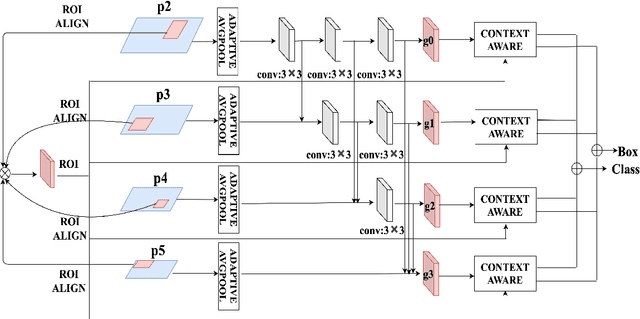
Abstract:RoIPool/RoIAlign is an indispensable process for the typical two-stage object detection algorithm, it is used to rescale the object proposal cropped from the feature pyramid to generate a fixed size feature map. However, these cropped feature maps of local receptive fields will heavily lose global context information. To tackle this problem, we propose a novel end-to-end trainable framework, called Global Context Aware (GCA) RCNN, aiming at assisting the neural network in strengthening the spatial correlation between the background and the foreground by fusing global context information. The core component of our GCA framework is a context aware mechanism, in which both global feature pyramid and attention strategies are used for feature extraction and feature refinement, respectively. Specifically, we leverage the dense connection to improve the information flow of the global context at different stages in the top-down process of FPN, and further use the attention mechanism to refine the global context at each level in the feature pyramid. In the end, we also present a lightweight version of our method, which only slightly increases model complexity and computational burden. Experimental results on COCO benchmark dataset demonstrate the significant advantages of our approach.
Mask Point R-CNN
Aug 02, 2020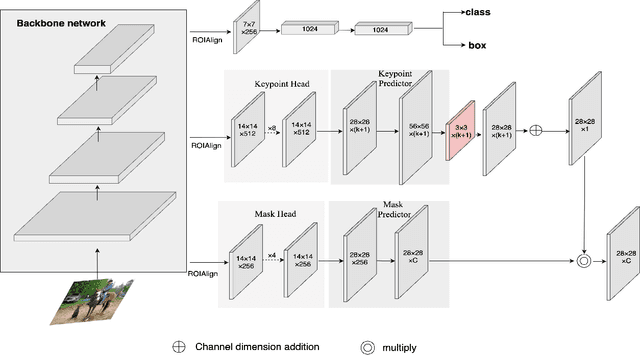
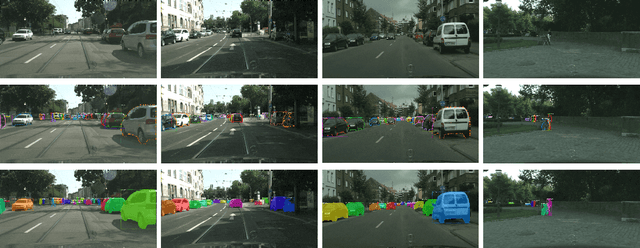
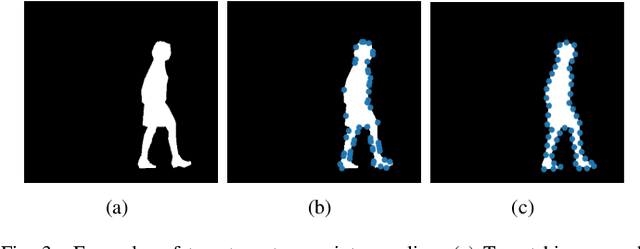
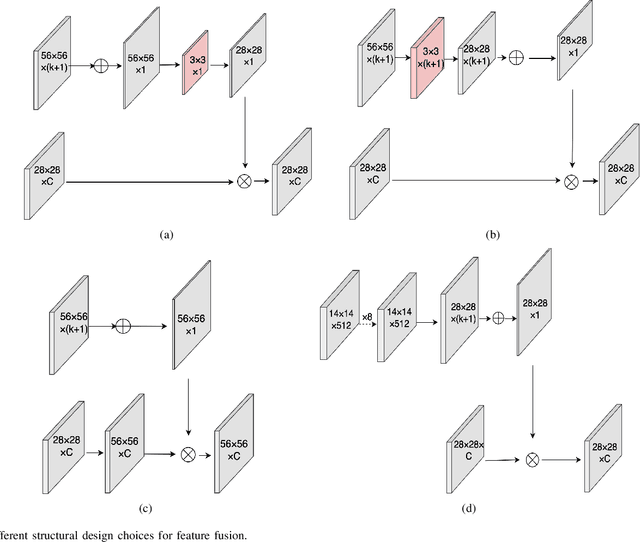
Abstract:The attributes of object contours has great significance for instance segmentation task. However, most of the current popular deep neural networks do not pay much attention to the target edge information. Inspired by the human annotation process when making instance segmentation datasets, in this paper, we propose Mask Point RCNN aiming at promoting the neural networks attention to the target edge information, which can heighten the information propagates between multiple tasks by using different attributes features. Specifically, we present an auxiliary task to Mask RCNN, including utilizing keypoint detection technology to construct the target edge contour, and enhancing the sensitivity of the network to the object edge through multi task learning and feature fusion. These improvements are easy to implement and have a small amount of additional computing overhead. By extensive evaluations on the Cityscapes dataset, the results show that our approach outperforms vanilla Mask RCNN by 5.4 on the validation subset and 5.0 on the test subset.
Convolutional Neural Networks combined with Runge-Kutta Methods
May 19, 2018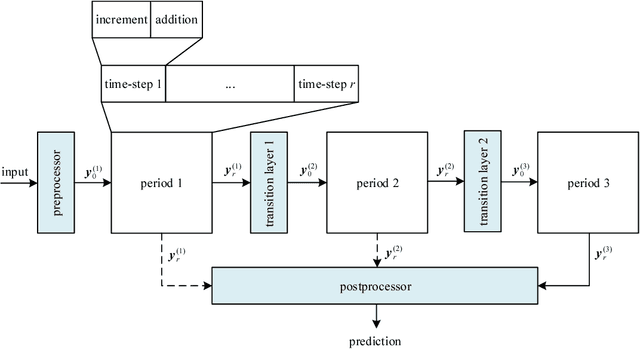

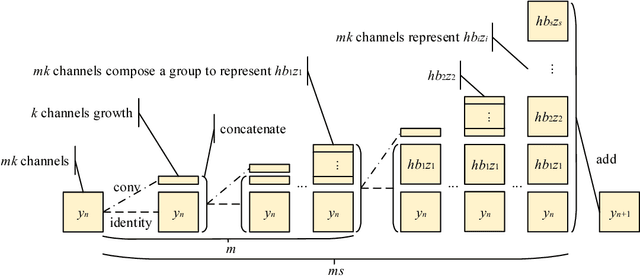
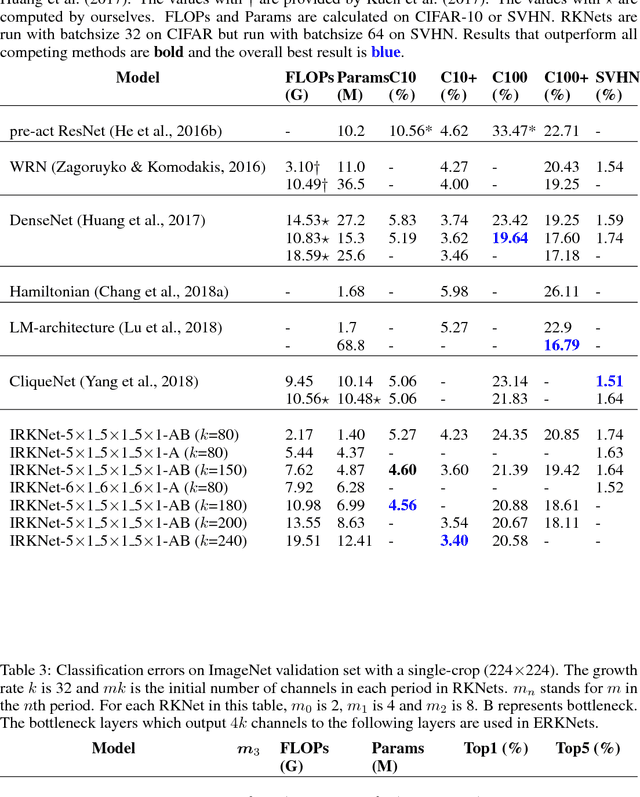
Abstract:A convolutional neural network for image classification can be constructed mathematically since it is inspired by the ventral stream in visual cortex which can be regarded as a multi-period dynamical system. In this paper, a novel approach is proposed to construct network models from the dynamical systems view. Since a pre-activation residual network can be deemed an approximation of a time-dependent dynamical system using the Euler method, higher order Runge-Kutta methods (RK methods) can be utilized to build network models in order to achieve higher accuracy. The model constructed in such a way is referred to as the Runge-Kutta Convolutional Neural Network (RKNet). RK methods also provide an interpretation of Dense Convolutional Networks (DenseNets) from the dynamical systems view. The proposed methods are evaluated on the benchmark datasets: CIFAR-10/100 and ImageNet. The experimental results show that the RKNets achieve similar accuracy with the state-of-the-art network models, DenseNets. Moreover, the experimental results are consistent with the theoretical properties of RK methods and support the dynamical systems interpretation.
 Add to Chrome
Add to Chrome Add to Firefox
Add to Firefox Add to Edge
Add to Edge